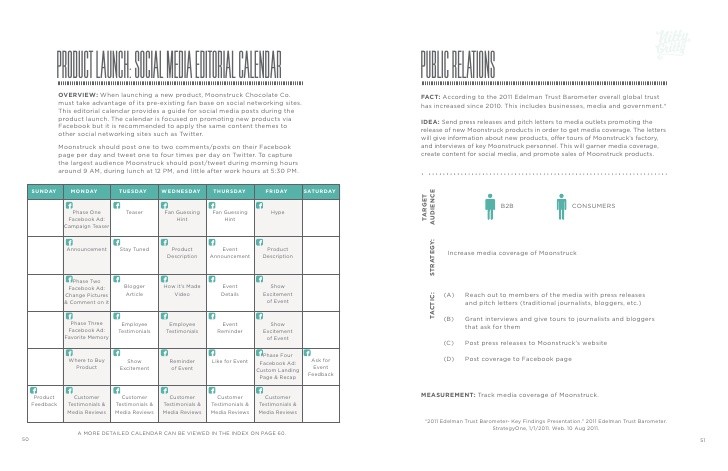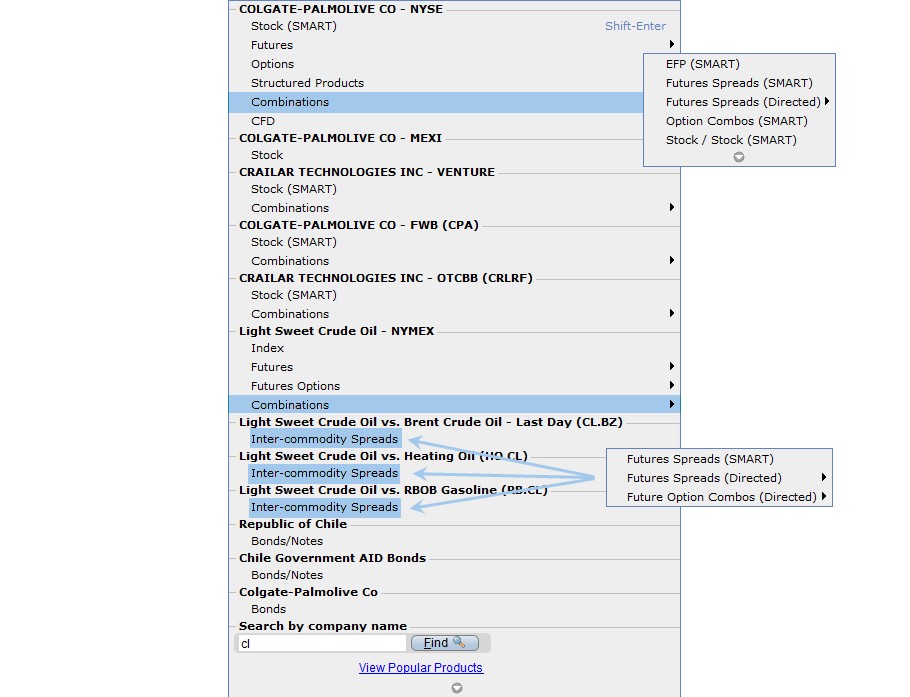Pencil In Profits In Any Market With A Calendar Spread
Post on: 16 Март, 2015 No Comment

When market conditions crumble, options become a valuable tool to investors. While many investors tremble at the mention of the word options, there are many option strategies that can be used to help reduce the risk of market volatility. In this article we are going to examine the many uses of the calendar spread. and discuss how to make this strategy work during any market climate.
Getting Started
Calendar spreads are a great way to combine the advantages of spreads and directional option trades in the same position. Depending on how you implement this strategy, you can have either:
- a market-neutral position that you can roll out a few times to pay the cost of the spread while taking advantage of time decay
- or, a short-term market-neutral position with a longer-term directional bias that is equipped with unlimited gain potential
Either way, the trade can provide many advantages that a plain old call or put cannot provide on its own.
Long Calendar Spreads

A long calendar spread, which is often referred to as a time spread. is the buying and selling of a call option or the buying and selling of a put option of the same strike price but different expiration months. In essence, you are selling a short-dated option and buying a longer-dated option. This means that the result is a net debit to the account. In fact, the sale of the short-dated option reduces the price of the long-dated option, making the trade less expensive than buying the long-dated option outright. Because the two options expire in different months, this trade can take on many different forms as expiration months pass. (For more on how option spreads pair limited risk with increased versatility, see the Option Spread Strategies tutorial.)
There are two types of long calendar spreads: call and put. There are inherent advantages to trading a put calendar over a call calendar, but both are readily acceptable trades. Whether you use calls or puts depends on your sentiment of the underlying investment vehicle. If you are bullish, you would buy a calendar call spread. If you are bearish, you would buy a calendar put spread.
If the trader still has a neutral forecast, he or she can choose to sell another option against the long position, legging into another spread. On the other hand, if the trader now feels the stock will start to move in the direction of the longer-term forecast, he or she can leave the long position in play and reap the benefits of having unlimited profit potential. To give you an example of how this strategy is applied, we’ll walk through an example.
Planning the Trade
The first step in planning a trade is to identify a market sentiment and forecast what market conditions will be like over the next few months. Let’s assume that we have a bearish outlook on the market and that the overall sentiment doesn’t show any signs of changing over the next few months. In this case, we ought to consider a put calendar spread.
This strategy can be applied to a stock, index or ETF that offers options. However, for the best results, consider a vehicle that is extremely liquid, with very narrow spreads between bid and ask prices. For our example, we will use the DIA, which is the ETF that tracks the Dow Jones Industrial Average .
Looking at a five-year chart (Figure 1), you can see that recent price action indicates a reversal pattern known as the head-and-shoulders pattern. Prices have recently confirmed this pattern, which suggests continued downside. (For more insight, see Analyzing Chart Patterns: Head And Shoulders .)














